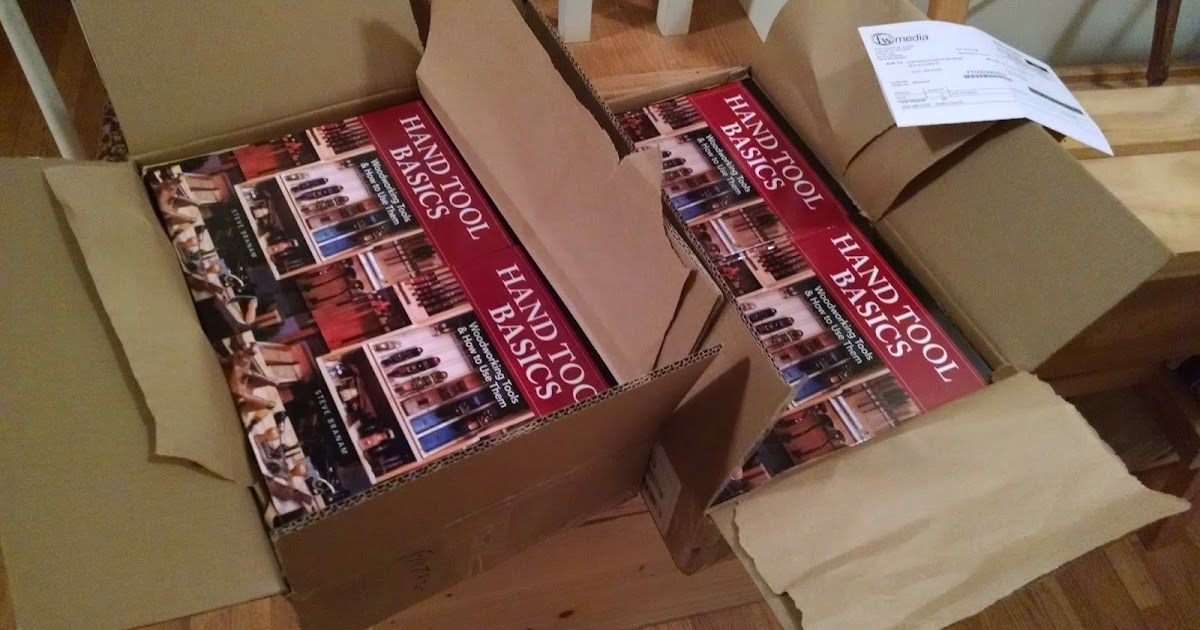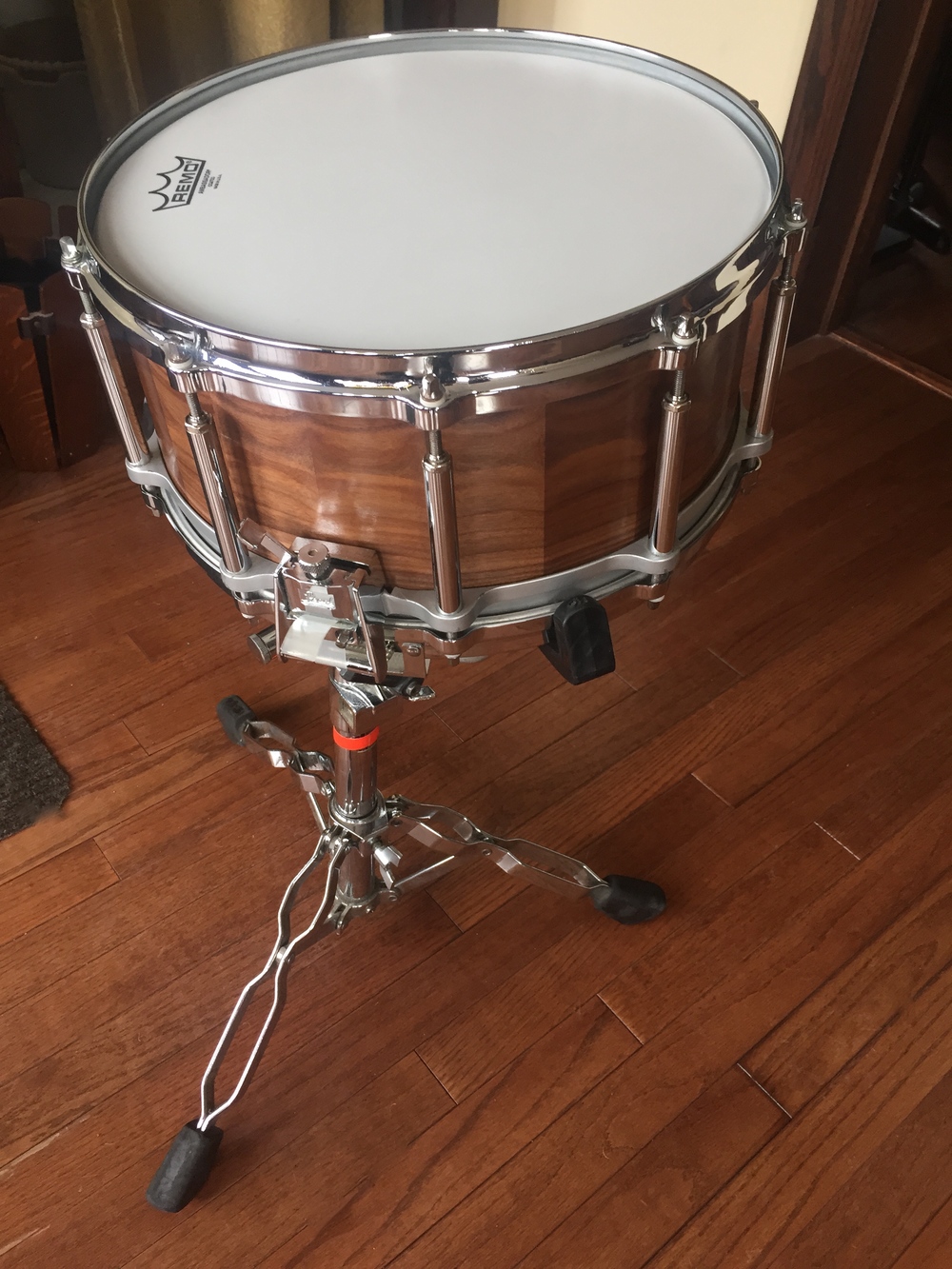I like to give credit where credit is due. These are the acknowledgements and references for the information in my book, Hand Tool Basics.
I’m a self-taught woodworker. That really means I had many teachers, the many live demonstrators and authors of books, videos, and magazine, online forum, mailing list, and website articles who have provided useful information.
Use the information I provide as a starting point. There’s plenty more than what I cover; woodworking is a global activity with centuries of history, creating an infinite variety of techniques. I hope that I’ll give you the skills and knowledge to be able to assess and incorporate any new information you find.
In general, the tools and methods I show in the book follow American and English woodworking styles. Continental European and Asian styles share many of the same techniques, but there are some differences in the tools. Where information is available, I strive to show historically accurate methods. In general it’s safe to assume everything I show has at least 100 years of history. Some things have 2 or 3 hundred. Dovetails date back to the ancient Egyptians.
We are but the custodians of knowledge, passing it on to the next generation.
Acknowledgements
Below is the list of my teachers, in roughly chronological order. These are my primary references. They offer a range of perspectives that don’t always agree with each other but still manage to get the job done, showing that it’s worthwhile to look at the variety of techniques available.
If you’d like further information on any of the topics I cover in the book, I highly recommend seeking out their work, or even better, a chance to spend time with them in classes or demos. It’s always good to have an opportunity to watch someone closeup and drink in the details. Just one new detail about an otherwise familiar technique can make it worthwhile.
Michael Dunbar: Mike ran the Windsor Institute in New Hampshire, where he taught chairmaking. He’s published a number of articles in Popular Woodworking. He takes a very no-nonsense attitude, as exemplified by his “Sensible Sharpening” method of sandpaper on flat substrate. His repeated frustration at having students show up to classes with basic tools they didn’t know how to sharpen or use was what led me to start teaching. My goal was to provide that basic knowledge so people could get on with the more advanced topics of the specialized classes offered by others.
Robert Wearing: Wearing, another of Schwarz’s heroes and an acquaintance of Hayward in Hayward’s later years, wrote an excellent book that has been re-released by Lost Art Press. This was the source of the three classes of saw cuts terminology.
Bernard E. Jones: Jones wrote two encyclopedic books in the 1910’s-20’s which have been reprinted several times, one of which is now available from Popular Woodworking.
Jim Kingshott: Kingshott was a British woodworker who put out several outstanding books and videos in the 1990’s. He’s like your favorite uncle. But of course, Bob’s your uncle!
Adam Cherubini: Adam’s “Arts And Mysteries” column in Popular Woodworking was a huge influence on my work. With his emphasis on 18th-century work, he showed me I could do everything by hand starting from the raw lumber, and taught me how to use wooden handplanes.
Some of these may be difficult to find because they’re out of print. But they may be available used or as reprints.
Books (including a few useful references from authors not listed above)
Bickford, Matthew Sheldon
Blackburn, Graham
Fine Woodworking
Hampton, C.W., and Clifford, E.
Hayward, Charles H.
Hoadley, R. Bruce
Hock, Ron
Jones, Bernard E.
Kingshott, Jim
Krenov, James
Laughton, Ralph
Popular Woodworking
Rae, Andy
Schwarz, Christopher
Sellers, Paul
Underhill, Roy
Watson, Aldren A.
Wearing, Robert
Whelan, John M.
Videos
Kingshott, Jim
Schwarz, Christopher
Working Wood: Woodworking Essentials 1 and 2, 2011
Working Wood: Master Sharpening, 2011
Working Wood: Master European Workbenches, 2011
Working Wood: Master Housing Dadoes, 2011
Working Wood: Master Mortise & Tenons, 2011
Working Wood: Master Dovetails, 2011
Underhill, Roy
Online Forums
Some forums are extremely active. Participation is global, with people coming from all different cultural backgrounds.
I found these to be a great asset in my learning. Just be prepared for a wide range of information, often conflicting! You’ll have to learn to sort through it. That’s where I came up with the concept for my “Fistfights And Fundamentals” segments.
These are moderated forums to ensure that everyone stays on their good behavior, but discussions can get heated and feelings can get hurt. Read their policies and spend some time lurking (Internet-speak for reading without responding) before you join in. Don’t take things personally, and don’t make things personal. Be polite. Remember that different people have different experience, training, and opinions.
Thank You To The MBTA!
Finally, I’d like to thank the MBTA. Other than the shop work and photography, I did nearly all the work for this book and the original video series while riding the Commuter Rail. Yes, I wrote a book on the train! I did all the video editing, photo selection, and writing on my Mac laptop an hour each way to and from work in Boston.
Thank you to all the folks who took care of my commute and gave me a safe, warm place where I could focus on woodworking!




